Home>Furniture & Design>Interior Design Trends>How To Get Hot Glue Off Glass
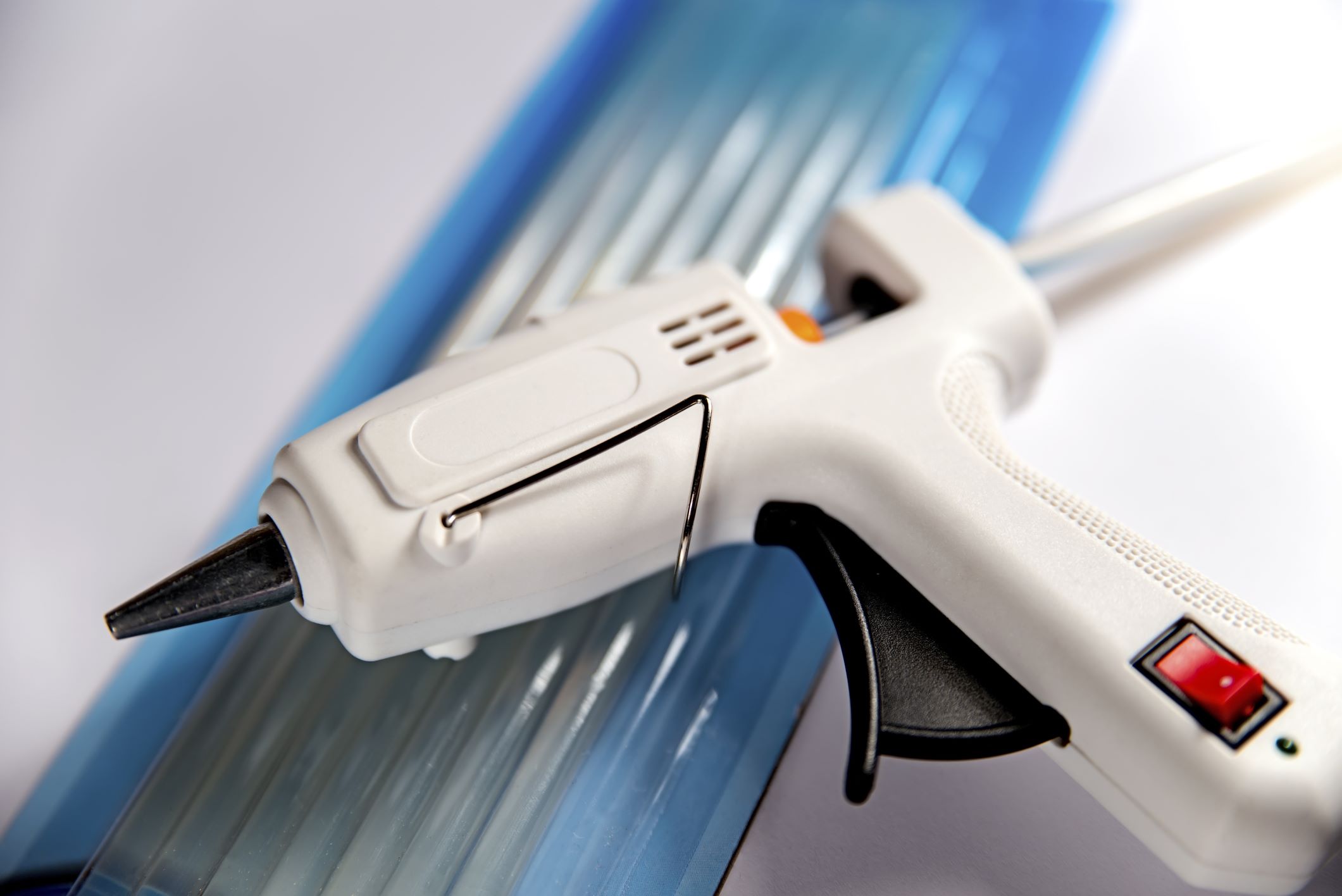

Interior Design Trends
How To Get Hot Glue Off Glass
Modified: February 29, 2024
Learn how to safely remove hot glue from glass surfaces with these interior design trends. Keep your glass looking pristine with our expert tips.
(Many of the links in this article redirect to a specific reviewed product. Your purchase of these products through affiliate links helps to generate commission for Storables.com, at no extra cost. Learn more)
Introduction
Removing hot glue from glass surfaces can be a challenging task, especially when it has hardened and adhered firmly. Whether you're dealing with a DIY project gone awry or attempting to clean up a crafting mishap, knowing effective methods for removing hot glue from glass is essential. In this article, we will explore several tried-and-true techniques that can help you tackle this stubborn adhesive without damaging the glass surface.
Hot glue, also known as hot melt adhesive, is a versatile and popular crafting material due to its quick-drying and strong bonding properties. However, its tenacious grip on glass can pose a significant challenge when it comes to cleanup. The methods outlined in this article are designed to provide practical solutions for safely and effectively removing hot glue from glass surfaces, whether it's a vase, a window, or any other glass item.
By understanding and implementing these techniques, you can restore the pristine appearance of your glass items and ensure that any unwanted hot glue residue is eliminated. From freezing the glue to using common household items like rubbing alcohol and vinegar, we will cover a range of methods that cater to different preferences and available resources. Additionally, we will explore the use of a hair dryer to soften the glue, making it easier to remove without causing damage to the glass.
With these methods at your disposal, you can confidently address hot glue mishaps on glass surfaces, whether you're a crafting enthusiast, a DIY hobbyist, or simply dealing with accidental spills. By following the step-by-step instructions provided in the subsequent sections, you can effectively tackle the task of removing hot glue from glass, restoring its clarity and ensuring a clean, polished finish.
Now, let's delve into the specific methods for removing hot glue from glass surfaces, equipping you with the knowledge and techniques needed to tackle this common challenge with confidence and precision.
Key Takeaways:
- Easily remove hot glue from glass by freezing it, using rubbing alcohol, vinegar, or a hair dryer. These methods are effective, eco-friendly, and gentle on glass surfaces, ensuring a clean and polished finish.
- Whether it’s a DIY project gone awry or a crafting mishap, these methods provide practical solutions for safely and effectively removing hot glue from glass surfaces. Restoring the pristine appearance of glass items is achievable with these tried-and-true techniques.
Read more: How To Get Nail Glue Off Glass
Method 1: Freezing the Glue
Freezing the hot glue is a simple yet effective method for removing it from glass surfaces. This technique capitalizes on the adhesive's response to extreme temperatures, causing it to harden and become brittle, which facilitates its removal. Here's a step-by-step guide to using the freezing method to tackle hot glue on glass:
-
Prepare the Glass Item: If the glass item is removable, such as a vase or a glass decor piece, carefully place it in the freezer. Ensure that the item is positioned securely to prevent any accidental movement or damage.
-
Freezing Time: Allow the glass item to remain in the freezer for at least 1-2 hours. This duration is essential for the hot glue to reach a sufficiently low temperature, causing it to solidify and lose its adhesive properties.
-
Remove the Glass Item: Once the freezing period is complete, carefully remove the glass item from the freezer. Handle it with caution to prevent any sudden temperature changes that could lead to thermal shock and potential damage.
-
Scraping the Glue: With the hot glue now frozen and brittle, use a plastic scraper or a blunt-edged tool to gently pry and scrape off the hardened adhesive from the glass surface. Take care to apply gentle pressure to avoid scratching or damaging the glass.
-
Clean the Surface: After removing the majority of the frozen hot glue, use a soft cloth or paper towel dampened with warm, soapy water to gently clean the glass surface. This helps eliminate any residual adhesive and restores the glass to its original clarity.
By utilizing the freezing method, you can effectively tackle hot glue on glass surfaces without resorting to harsh chemicals or abrasive techniques. This approach is particularly suitable for smaller glass items that can be accommodated in a standard freezer. It offers a non-invasive and environmentally friendly solution for addressing hot glue mishaps, ensuring that the glass remains unharmed throughout the removal process.
In the subsequent sections, we will explore additional methods for removing hot glue from glass, providing you with a comprehensive toolkit for addressing this common challenge with confidence and precision.
Method 2: Using Rubbing Alcohol
Using rubbing alcohol is an effective and versatile method for removing hot glue from glass surfaces. Rubbing alcohol, also known as isopropyl alcohol, serves as a potent solvent that can break down the adhesive properties of hot glue, facilitating its removal without causing damage to the glass. This method is particularly suitable for addressing stubborn hot glue residue that has adhered firmly to the glass surface. Here's a detailed guide on utilizing rubbing alcohol to tackle hot glue on glass:
-
Prepare the Work Area: Before commencing the removal process, ensure that the glass item is placed on a stable and secure surface. This minimizes the risk of accidental movement or damage during the application of rubbing alcohol.
-
Apply Rubbing Alcohol: Pour a small amount of rubbing alcohol onto a clean, lint-free cloth or cotton ball. Gently dab the affected area of the glass surface with the rubbing alcohol-soaked cloth, ensuring that the hot glue residue is thoroughly saturated with the solvent.
-
Allow Penetration Time: After applying the rubbing alcohol, allow it to penetrate the hot glue for approximately 5-10 minutes. This duration enables the solvent to effectively weaken the adhesive properties of the hot glue, making it easier to remove.
-
Gently Remove the Hot Glue: Using a plastic scraper or a soft, non-abrasive tool, carefully begin to lift and scrape off the softened hot glue from the glass surface. Exercise caution to avoid applying excessive force, as this could potentially scratch or damage the glass.
-
Repeat as Needed: For stubborn or larger hot glue deposits, repeat the application of rubbing alcohol and the gentle removal process as necessary. This ensures thorough penetration and effective dissolution of the adhesive, gradually freeing the glass from the hot glue residue.
-
Clean the Glass Surface: Once the majority of the hot glue has been removed, use a clean cloth dampened with warm, soapy water to gently clean the glass surface. This helps eliminate any residual rubbing alcohol and ensures that the glass is restored to its original clarity.
By employing rubbing alcohol as a solvent for hot glue removal, you can effectively address adhesive mishaps on glass surfaces with precision and minimal effort. This method offers a gentle yet potent approach to dissolving hot glue, making it particularly suitable for delicate or intricate glass items. Additionally, rubbing alcohol serves as a readily available household solvent, making it a convenient solution for addressing hot glue residue without the need for specialized cleaning products.
In the subsequent sections, we will explore additional methods for removing hot glue from glass, providing you with a comprehensive toolkit for addressing this common challenge with confidence and precision.
To remove hot glue from glass, use a hairdryer to heat the glue, then gently scrape it off with a plastic scraper or credit card. Finally, clean the area with rubbing alcohol to remove any residue.
Method 3: Applying Vinegar
Applying vinegar is a versatile and eco-friendly method for removing hot glue from glass surfaces. Vinegar, a common household ingredient, contains acetic acid, which serves as a natural solvent capable of breaking down the adhesive properties of hot glue. This method is particularly effective for addressing hot glue residue on glass items such as vases, glassware, or decorative pieces. Here's a detailed guide on utilizing vinegar to tackle hot glue on glass:
-
Prepare the Work Area: Ensure that the glass item is placed on a stable and secure surface. This minimizes the risk of accidental movement or damage during the application of vinegar.
-
Dilute the Vinegar: In a small container, mix equal parts of white vinegar and warm water. This dilution helps optimize the solvent properties of the vinegar while minimizing its acidic impact on the glass surface.
-
Apply the Vinegar Solution: Using a clean, lint-free cloth or a sponge, saturate the affected area of the glass surface with the diluted vinegar solution. Ensure that the hot glue residue is thoroughly coated with the vinegar solution, allowing it to penetrate the adhesive.
-
Allow Soaking Time: Let the vinegar solution soak into the hot glue for approximately 15-20 minutes. This duration enables the acetic acid to effectively weaken the adhesive properties of the hot glue, making it easier to remove.
-
Gently Remove the Hot Glue: Using a plastic scraper or a soft, non-abrasive tool, carefully begin to lift and scrape off the softened hot glue from the glass surface. Exercise caution to avoid applying excessive force, as this could potentially scratch or damage the glass.
-
Repeat as Needed: For stubborn or larger hot glue deposits, repeat the application of the vinegar solution and the gentle removal process as necessary. This ensures thorough penetration and effective dissolution of the adhesive, gradually freeing the glass from the hot glue residue.
-
Clean the Glass Surface: Once the majority of the hot glue has been removed, use a clean cloth dampened with warm, soapy water to gently clean the glass surface. This helps eliminate any residual vinegar solution and ensures that the glass is restored to its original clarity.
By utilizing vinegar as a natural solvent for hot glue removal, you can effectively address adhesive mishaps on glass surfaces while minimizing the use of harsh chemicals. This method offers a gentle yet potent approach to dissolving hot glue, making it particularly suitable for various glass items found in households. Additionally, vinegar serves as an eco-friendly and cost-effective solution for addressing hot glue residue, aligning with sustainable cleaning practices.
In the subsequent sections, we will explore additional methods for removing hot glue from glass, providing you with a comprehensive toolkit for addressing this common challenge with confidence and precision.
Method 4: Using a Hair Dryer
Using a hair dryer to remove hot glue from glass surfaces is a practical and efficient method that leverages heat to soften the adhesive, making it easier to manipulate and remove without causing damage to the glass. This technique is particularly beneficial for addressing hot glue mishaps on larger glass items or intricate surfaces where direct application of solvents or scraping may be challenging. Here's a detailed guide on utilizing a hair dryer to tackle hot glue on glass:
-
Prepare the Work Area: Before commencing the removal process, ensure that the glass item is placed on a stable and secure surface. This minimizes the risk of accidental movement or damage during the application of heat from the hair dryer.
-
Set the Hair Dryer to Low Heat: Adjust the hair dryer to a low heat setting to avoid subjecting the glass to sudden temperature changes that could lead to thermal shock. It's important to maintain a safe distance of approximately 6-8 inches between the hair dryer and the affected area of the glass surface to ensure gentle and even heating.
-
Apply Heat to the Hot Glue: Direct the airflow from the hair dryer onto the hot glue-affected area of the glass surface. Move the hair dryer in a back-and-forth motion to evenly distribute the heat, allowing the hot glue to gradually soften and become more pliable.
-
Test the Softness: Periodically pause the application of heat and gently test the softened hot glue with a plastic scraper or a soft, non-abrasive tool. Once the hot glue exhibits increased flexibility and begins to lift from the glass surface, it is ready for removal.
-
Gently Remove the Hot Glue: With the hot glue sufficiently softened, carefully use the plastic scraper or a soft tool to lift and peel off the adhesive from the glass surface. Exercise caution to avoid applying excessive force, ensuring that the glass remains unharmed during the removal process.
-
Clean the Glass Surface: After removing the majority of the hot glue, use a clean cloth dampened with warm, soapy water to gently clean the glass surface. This helps eliminate any residual adhesive and ensures that the glass is restored to its original clarity.
By utilizing a hair dryer to soften and remove hot glue from glass surfaces, you can effectively address adhesive mishaps with precision and minimal effort. This method offers a gentle and controlled approach to manipulating the hot glue, making it particularly suitable for delicate or intricate glass items. Additionally, the use of a hair dryer provides a convenient and accessible solution for addressing hot glue residue without the need for specialized cleaning products or solvents.
In the subsequent sections, we have explored various methods for removing hot glue from glass, providing you with a comprehensive toolkit for addressing this common challenge with confidence and precision.
Read more: How To Get Gorilla Glue Off Glass
Conclusion
In conclusion, the successful removal of hot glue from glass surfaces is achievable through a range of effective methods that cater to different preferences and available resources. Whether it's freezing the glue, using rubbing alcohol, applying vinegar, or utilizing a hair dryer, each method offers a unique approach to addressing hot glue mishaps with precision and care.
The freezing method capitalizes on extreme temperatures to solidify and brittle the hot glue, making it easier to remove without causing damage to the glass. This non-invasive approach is particularly suitable for smaller glass items and provides an environmentally friendly solution for addressing hot glue residue.
Using rubbing alcohol as a solvent for hot glue removal offers a potent and versatile method that effectively dissolves the adhesive properties of hot glue, facilitating its gentle removal from glass surfaces. This approach is convenient and readily accessible, making it a practical solution for addressing stubborn hot glue residue without resorting to harsh chemicals.
Applying vinegar serves as a natural and eco-friendly method for removing hot glue from glass, leveraging the solvent properties of acetic acid to weaken the adhesive and facilitate its gentle removal. This approach aligns with sustainable cleaning practices and provides a cost-effective solution for addressing hot glue mishaps on various glass items found in households.
Utilizing a hair dryer to soften and remove hot glue from glass surfaces offers a practical and efficient method that leverages controlled heat to manipulate the adhesive, making it easier to remove without causing damage to the glass. This approach is particularly beneficial for larger glass items or intricate surfaces where direct application of solvents or scraping may be challenging.
By understanding and implementing these techniques, individuals can confidently address hot glue mishaps on glass surfaces, ensuring that any unwanted hot glue residue is effectively eliminated without compromising the integrity of the glass. Whether it's restoring the clarity of a glass vase, a decorative glass item, or any other glass surface, the methods outlined in this article provide a comprehensive toolkit for tackling this common challenge with confidence and precision.
With the knowledge and techniques acquired from this article, individuals can navigate hot glue removal from glass surfaces with ease, allowing them to maintain the pristine appearance of their glass items and engage in crafting and DIY projects with confidence. By incorporating these methods into their cleaning and maintenance routines, individuals can effectively address hot glue mishaps, ensuring that their glass surfaces remain clean, polished, and free from unwanted adhesive residue.
Frequently Asked Questions about How To Get Hot Glue Off Glass
Was this page helpful?
At Storables.com, we guarantee accurate and reliable information. Our content, validated by Expert Board Contributors, is crafted following stringent Editorial Policies. We're committed to providing you with well-researched, expert-backed insights for all your informational needs.
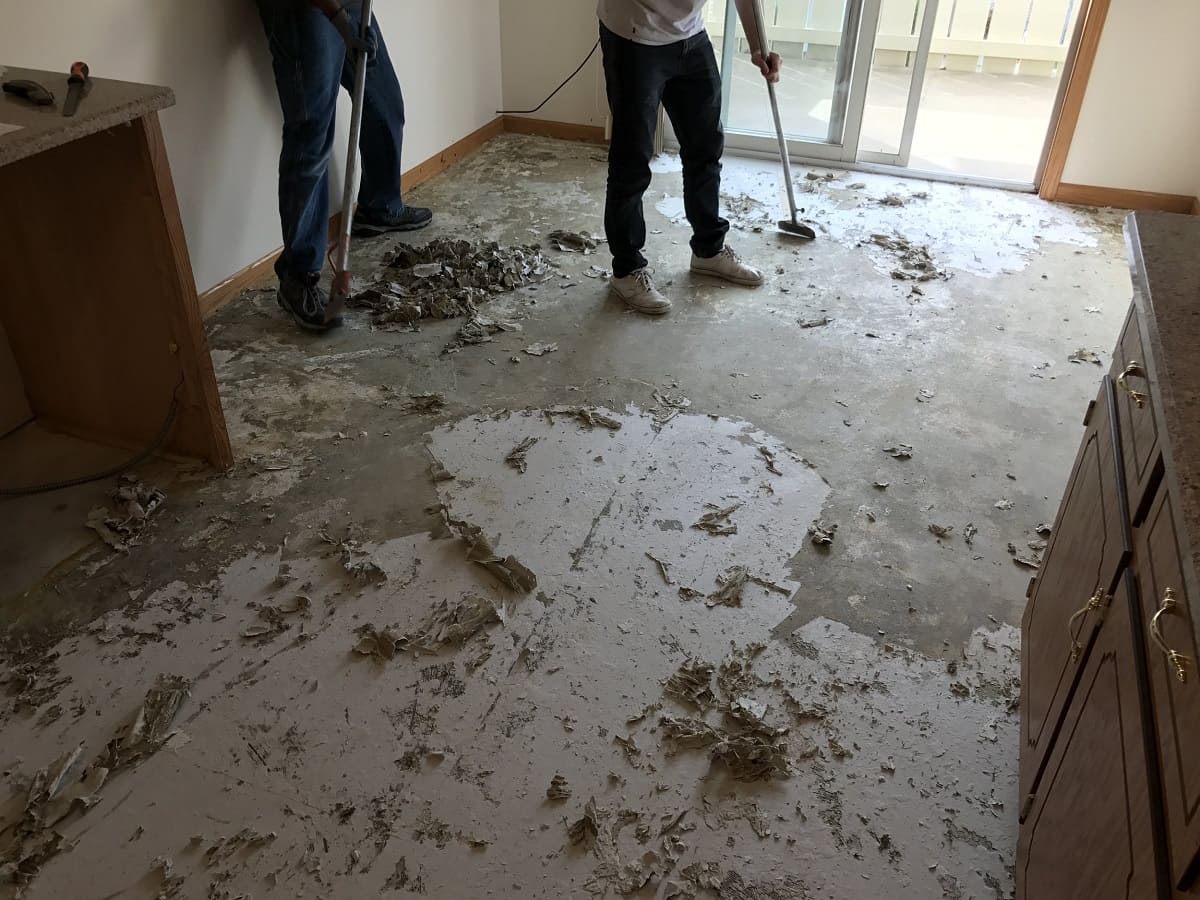
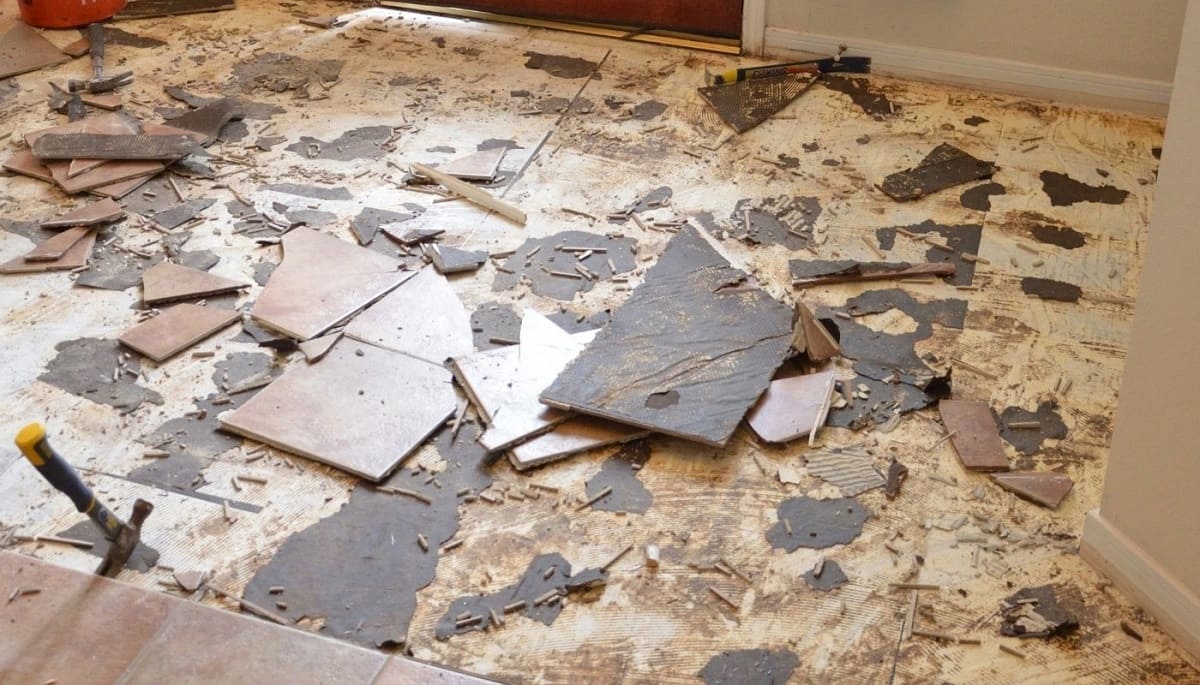
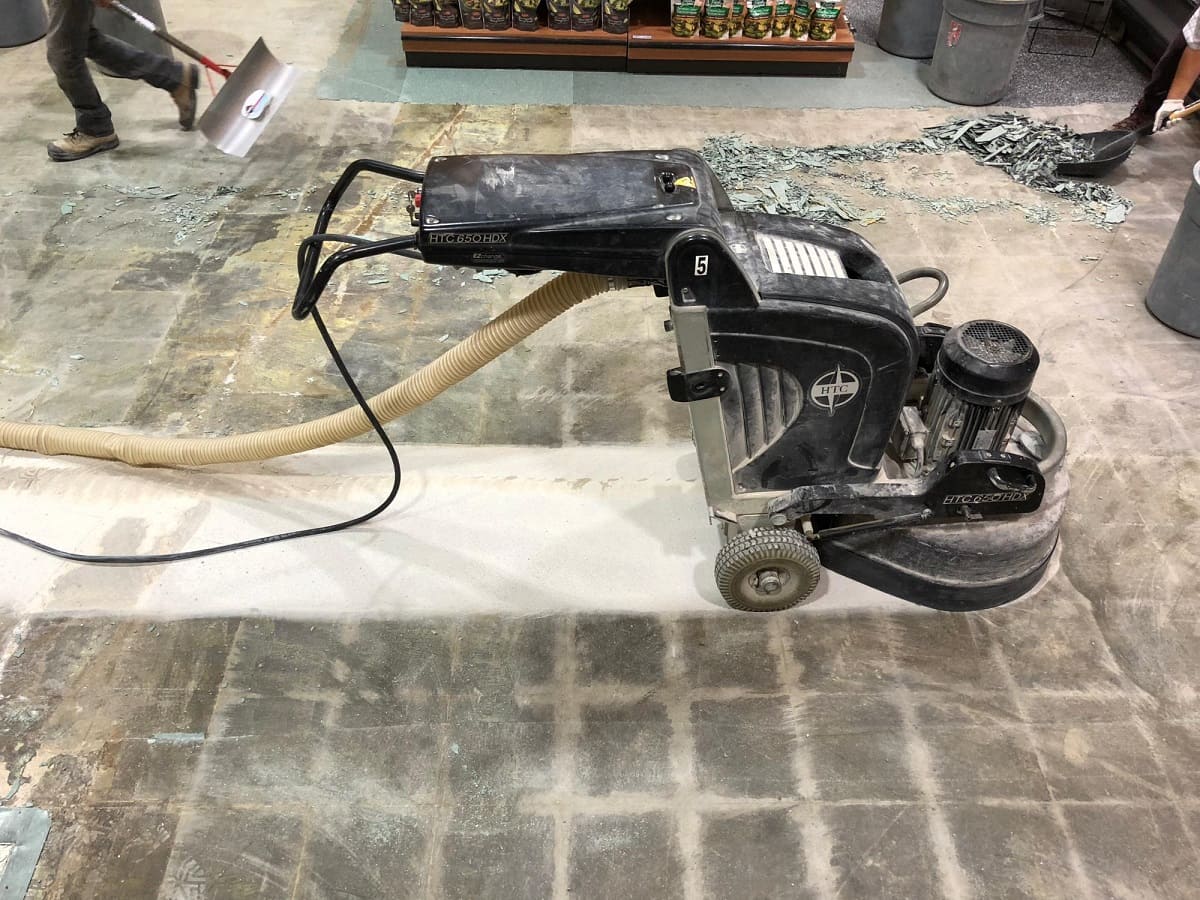
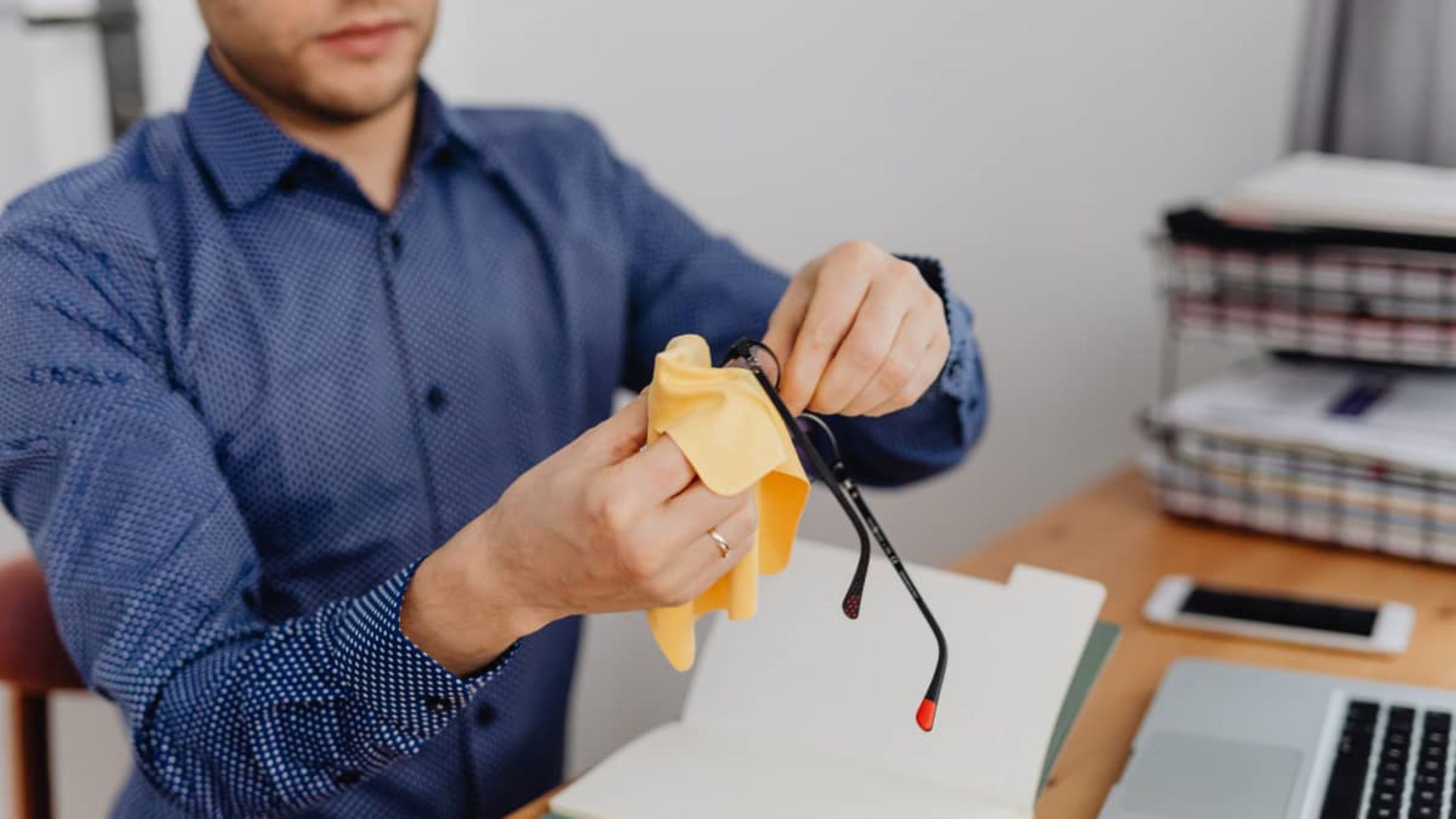
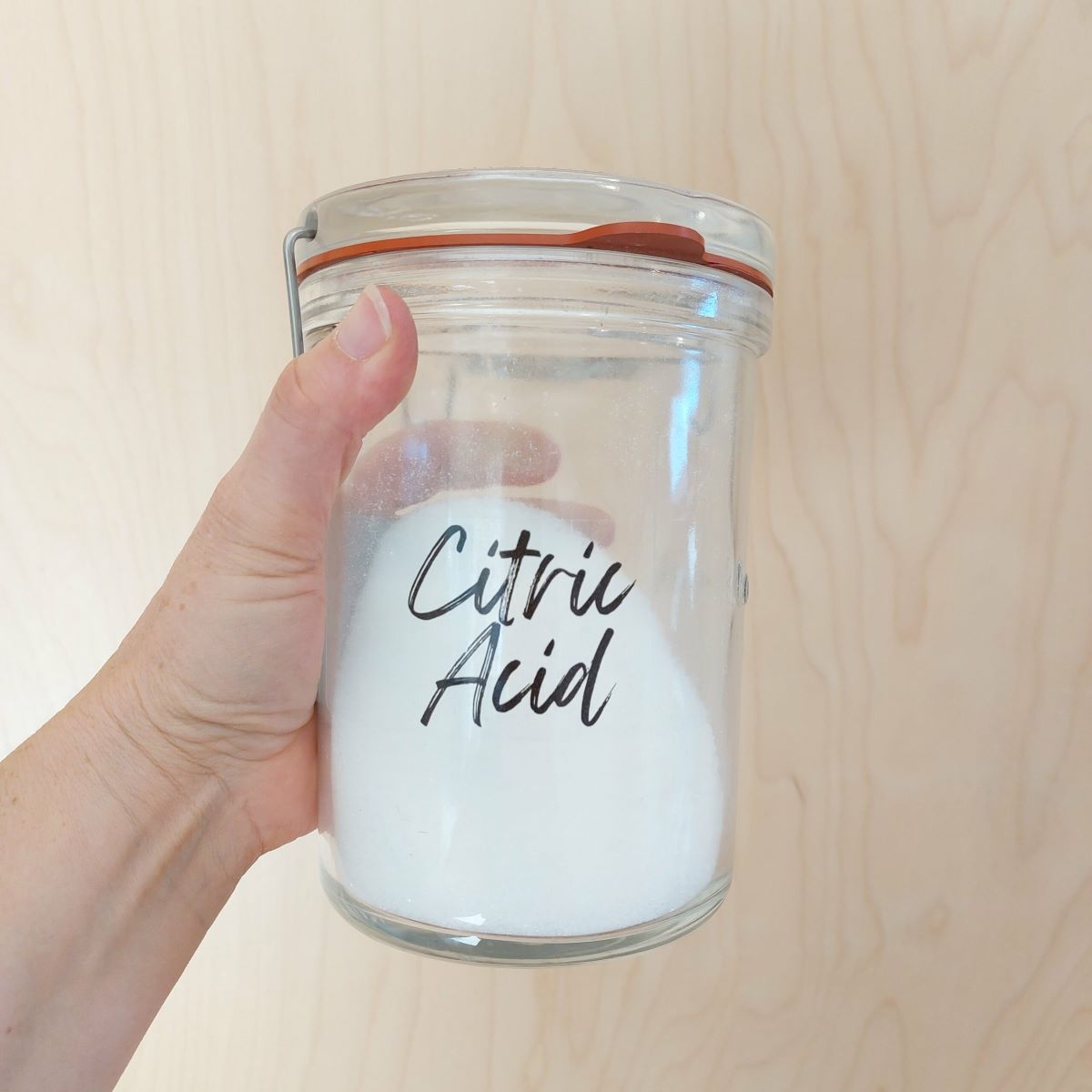
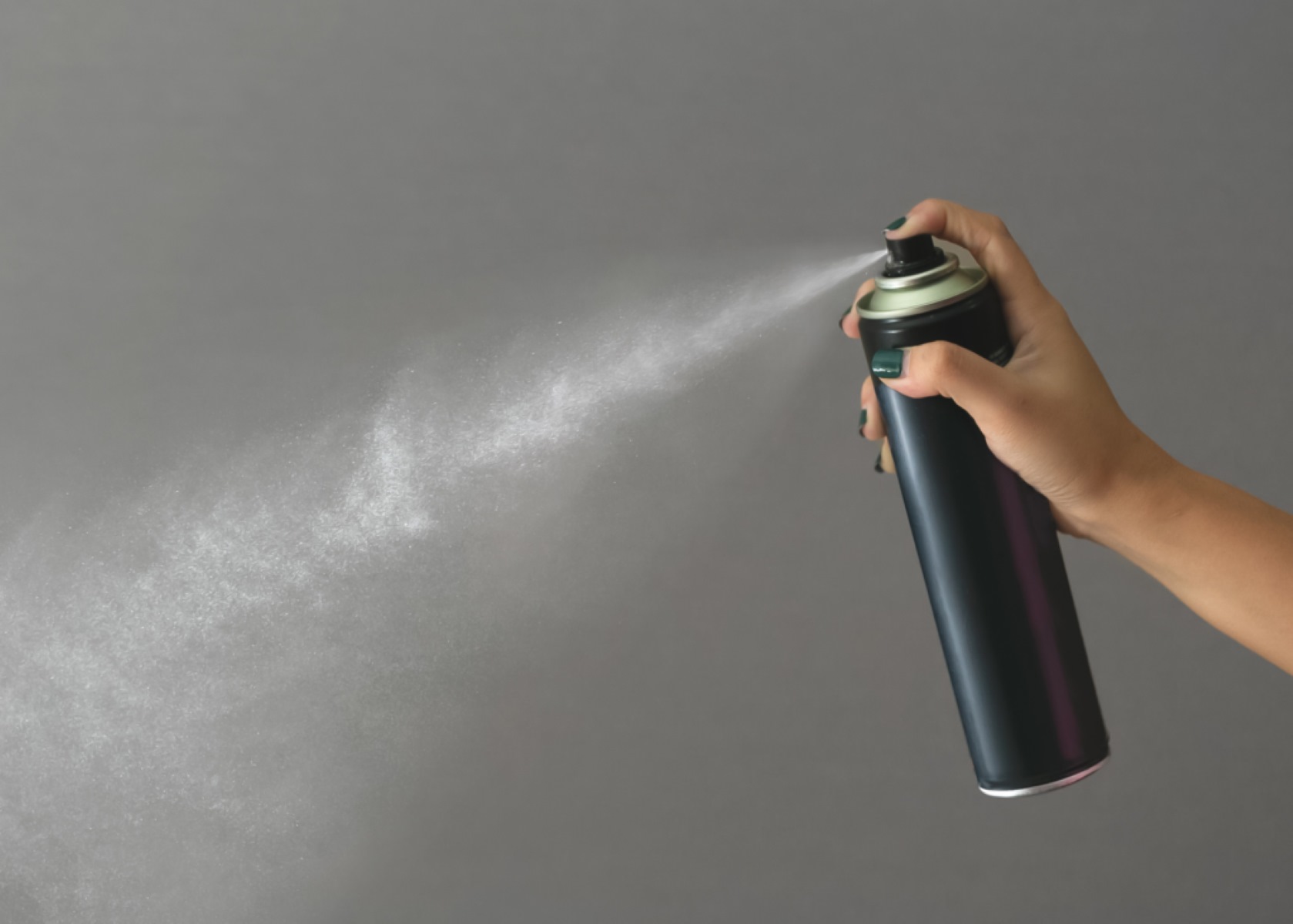
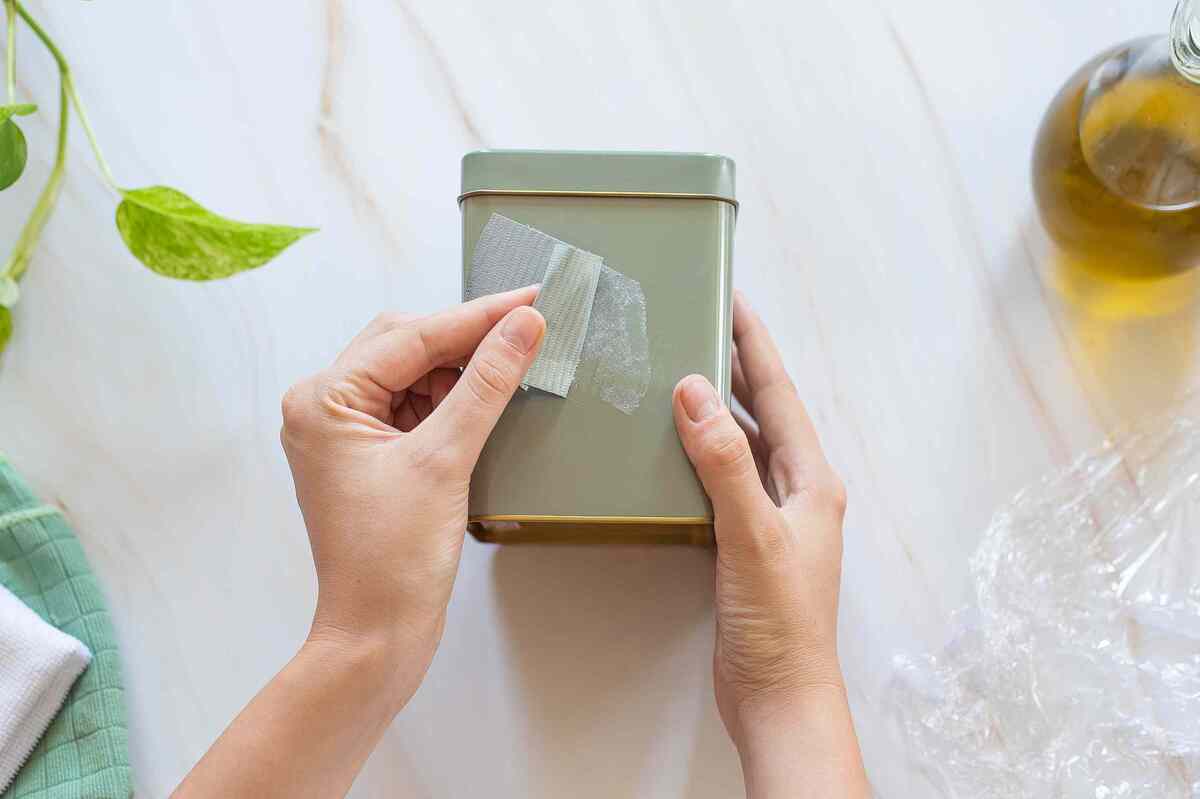
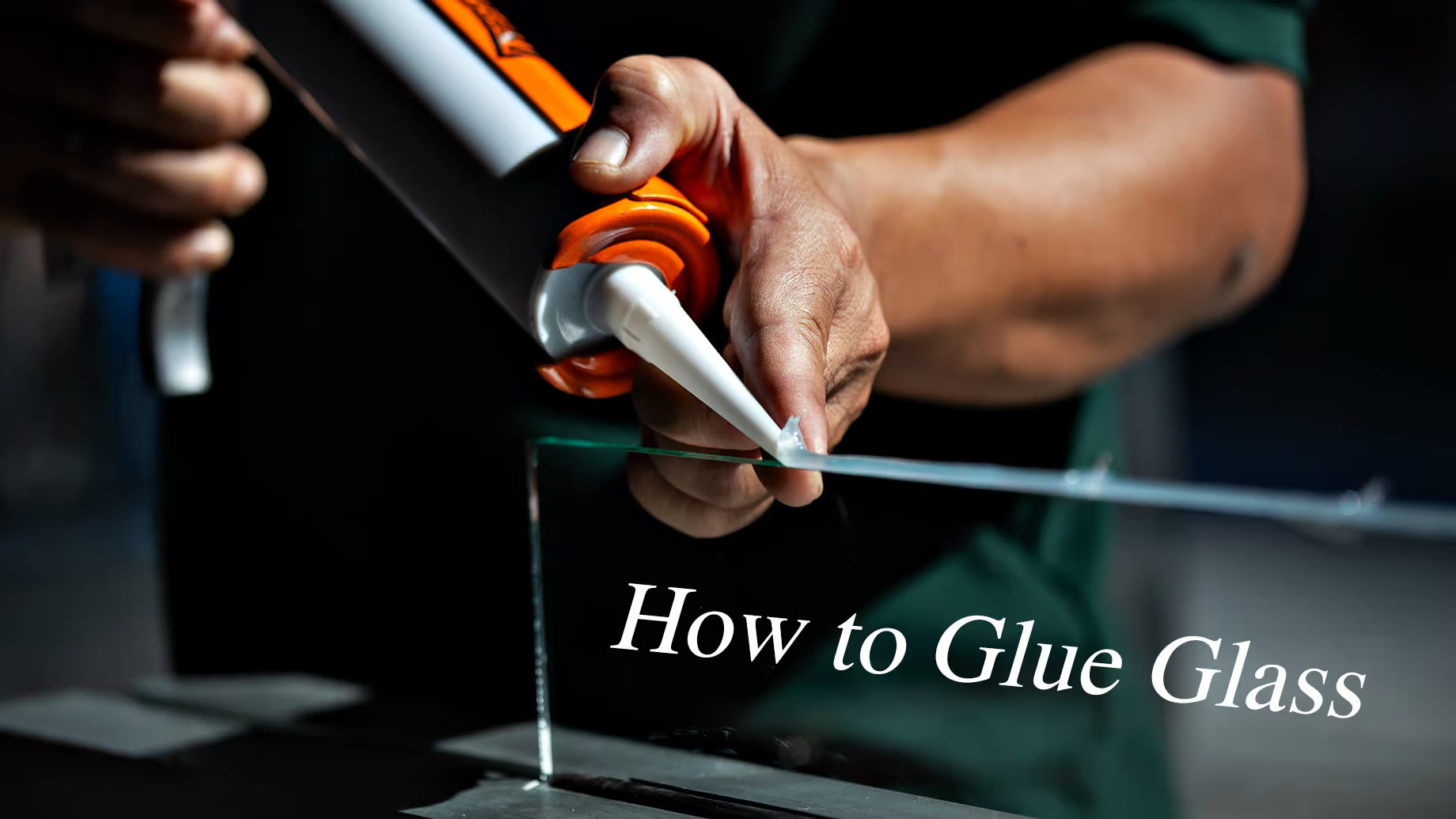
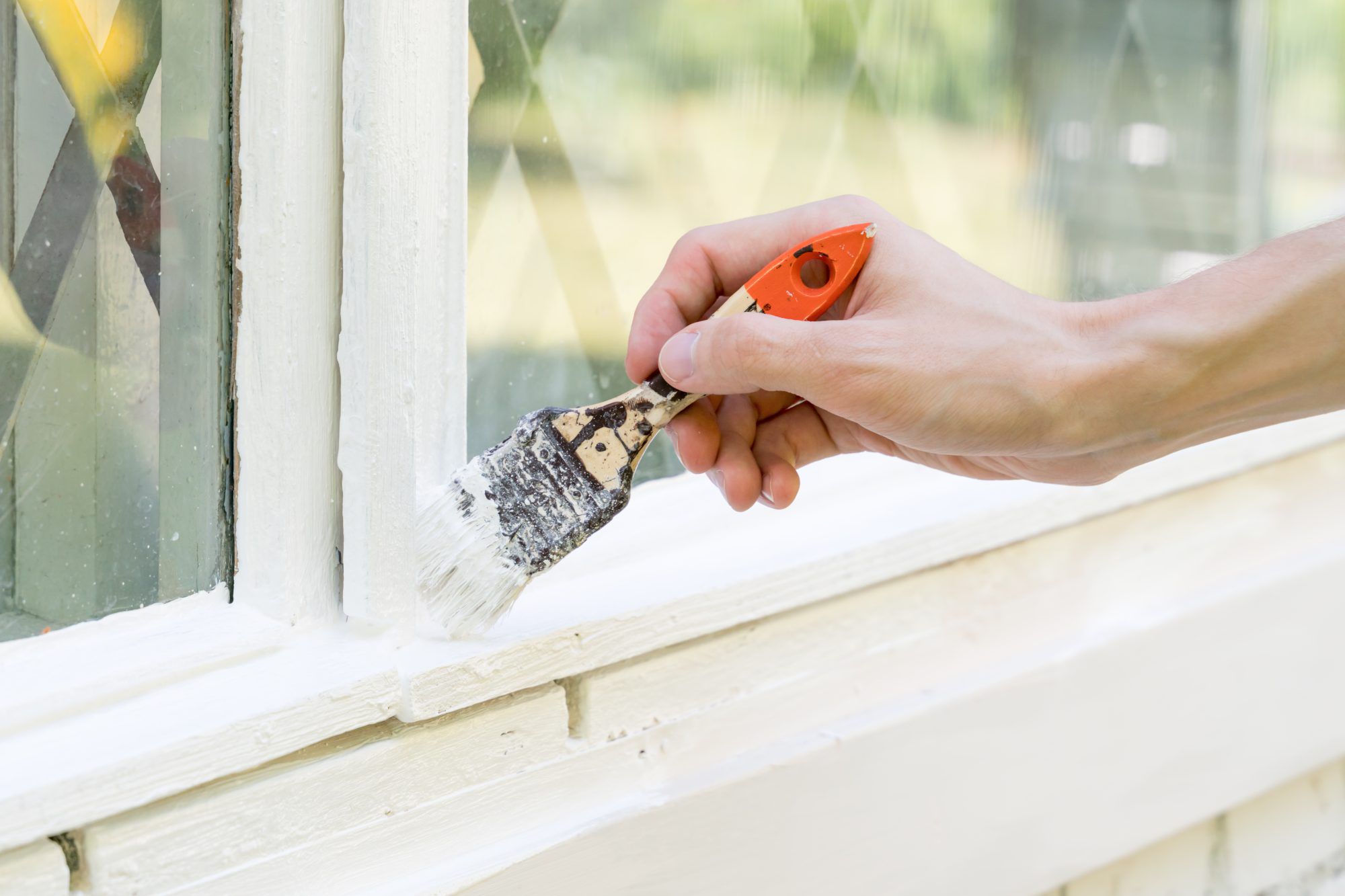
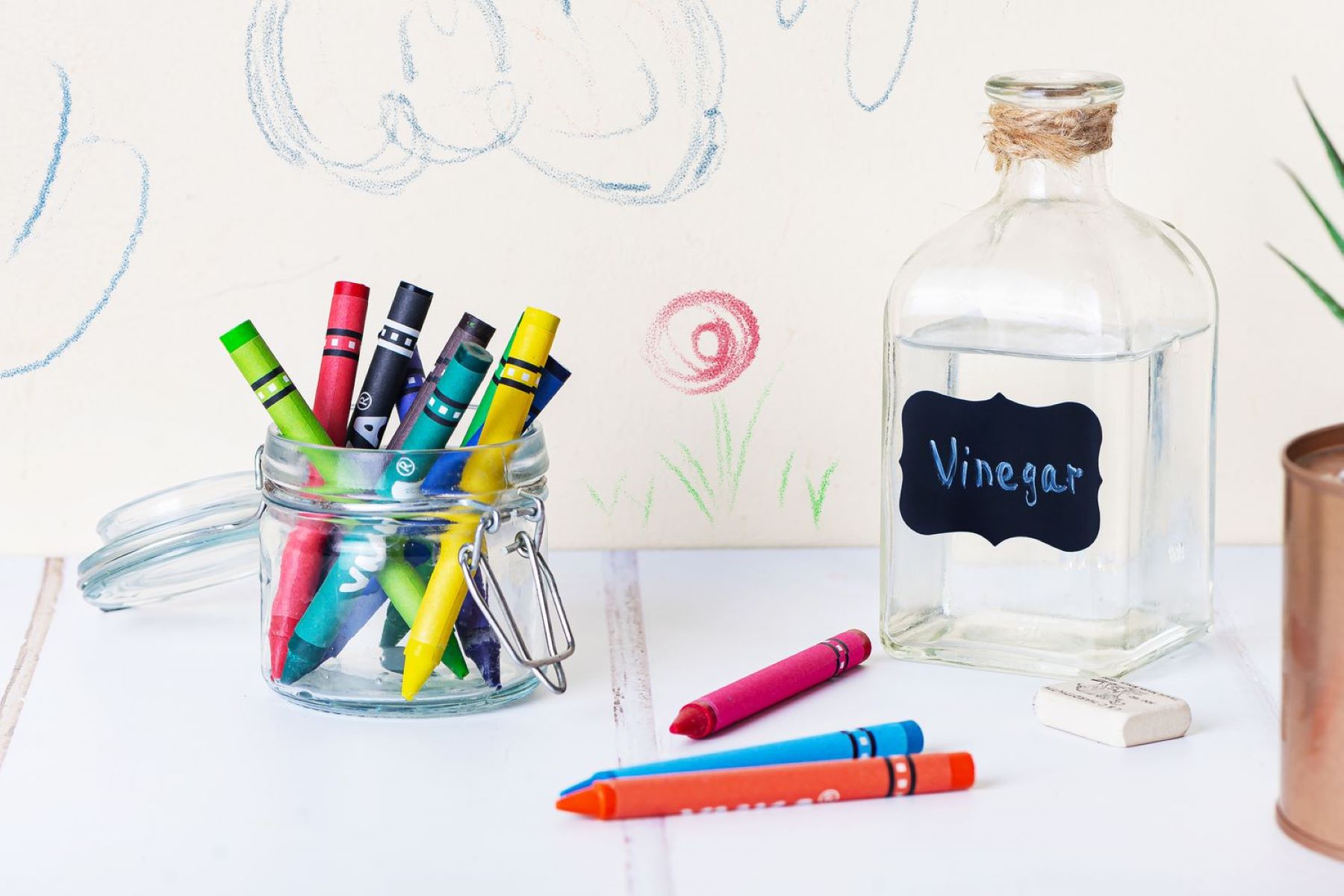
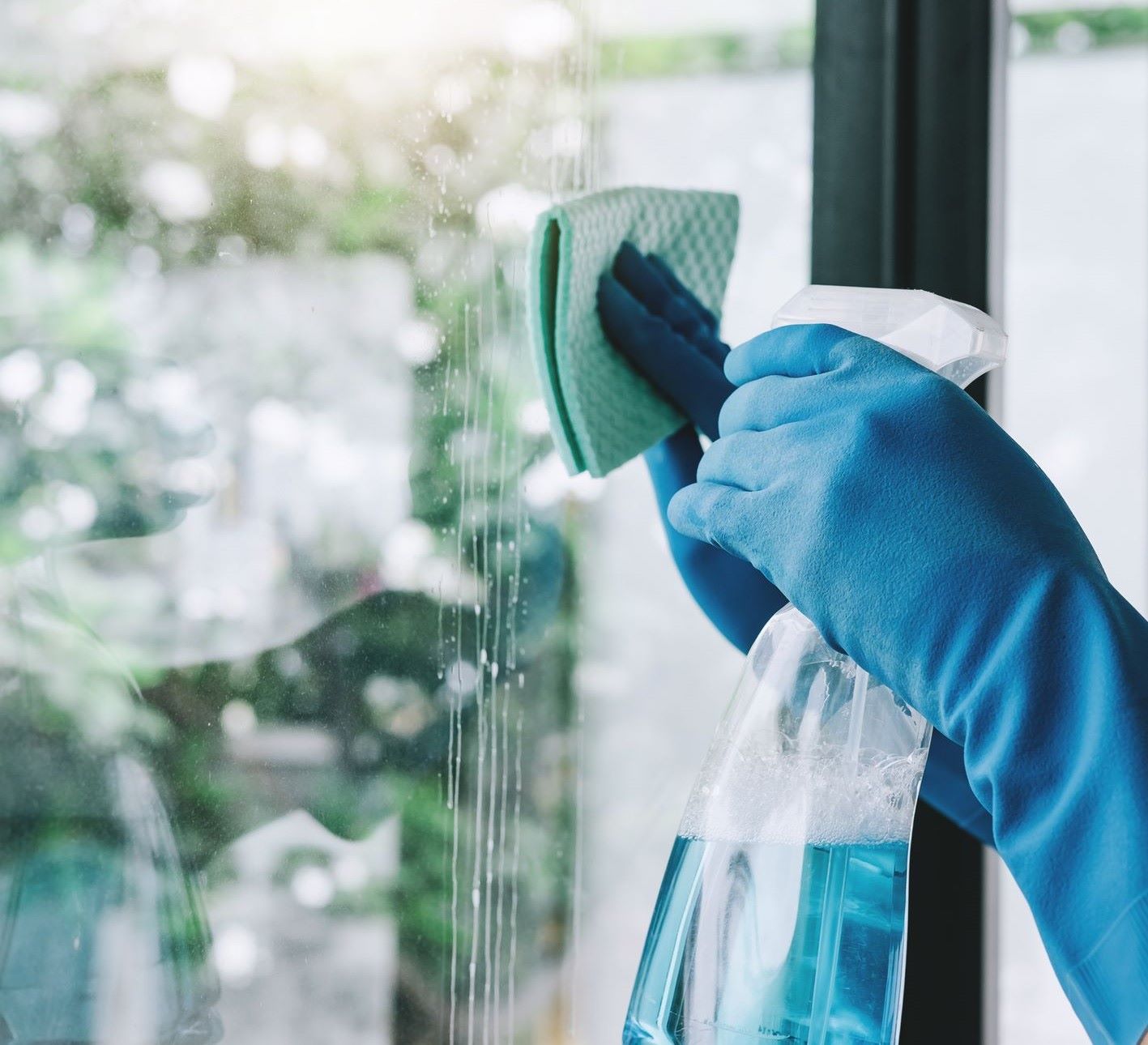
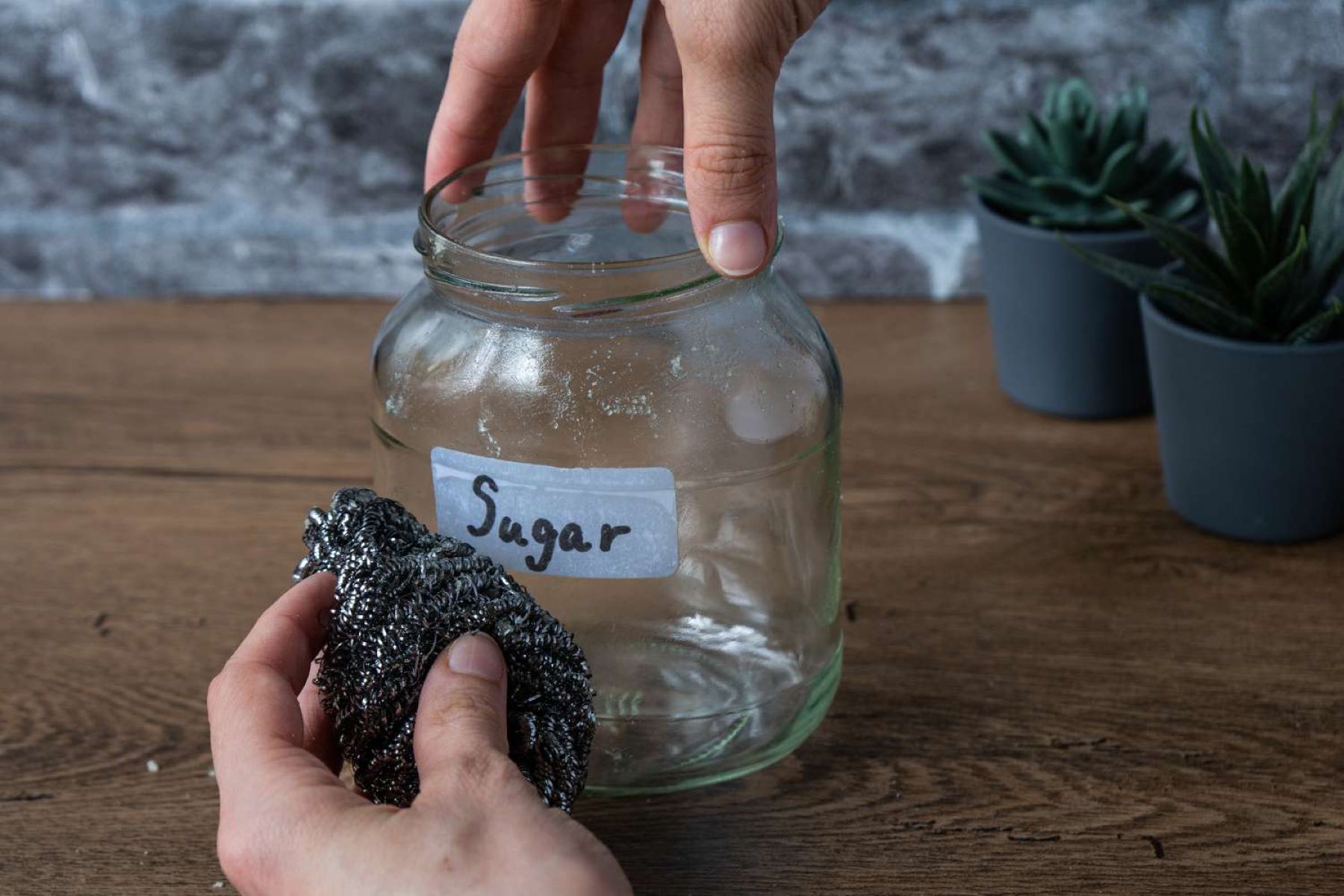
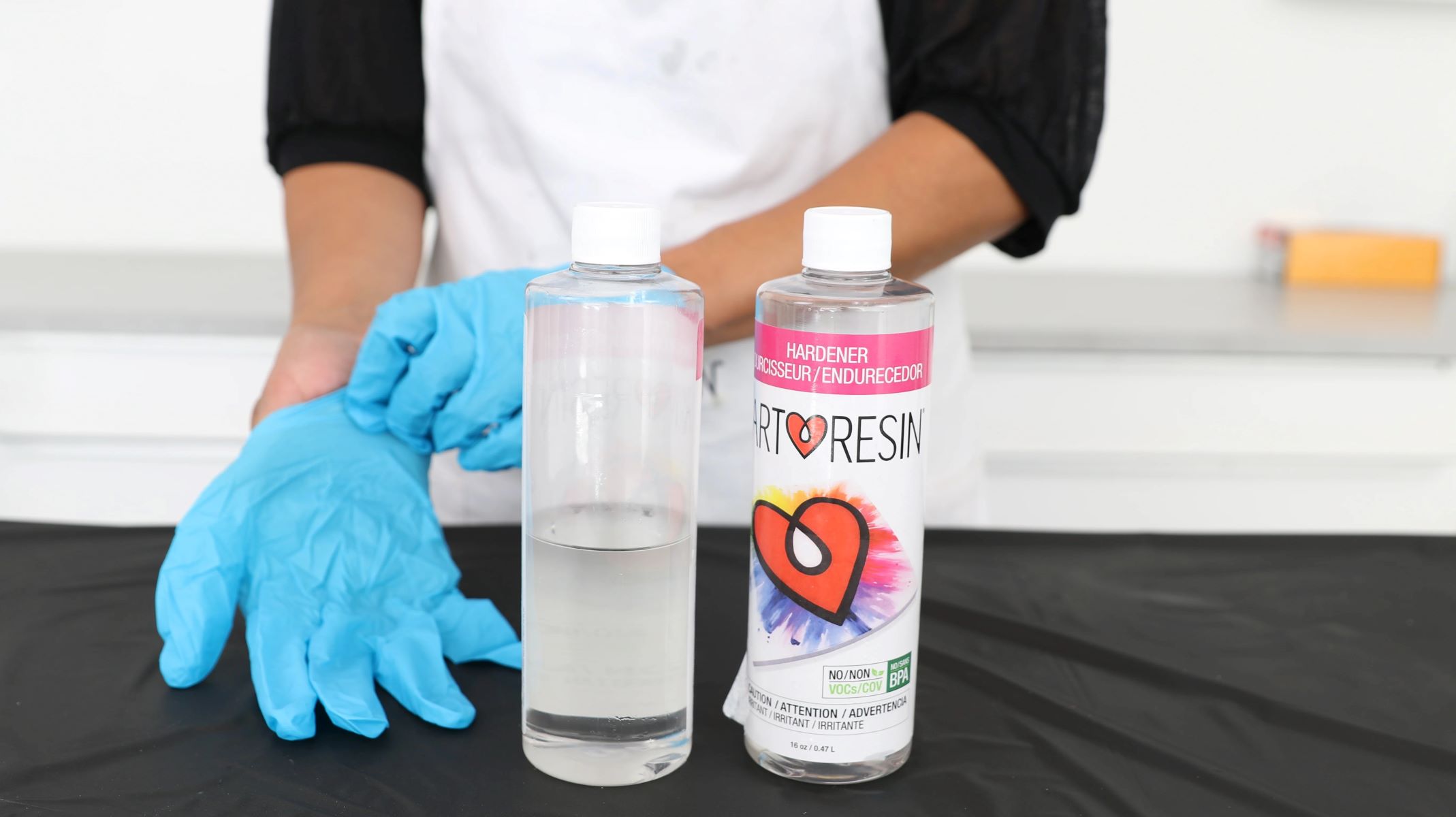

0 thoughts on “How To Get Hot Glue Off Glass”